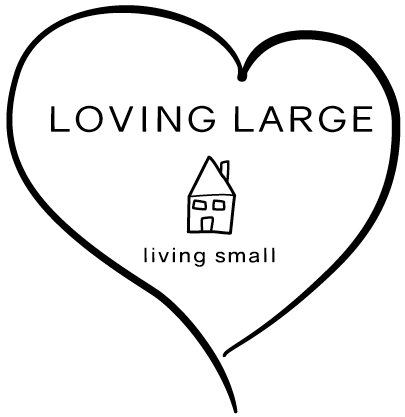“Recognizing the need is the primary condition for design.” Charles Eames
I have always been more about practical than pretty. When I got my first job as a teen, I remember my mom’s advice was to “buy separate pieces, not dresses, they are far more versatile and practical and you can mix and match and buy less.” That advice along with much more has held me in good stead for decades, always choosing functionality first, design second, and in the best of both worlds, they’ve come as package deal. During my first stay in Sweden, I recall how well the furniture ‘operated’ in the homes I visited. I so appreciated the practical, and multi- purpose pieces I saw; beautiful to look at but always simple, smart, and so functional. And while some might favour this love of function as a nod to frugality, for me, I just love when things ‘work’ and when they serve more than one purpose, that ticks all the boxes.
When I met with our house designer for the first time, he asked me the usual questions; where was the property, how big a house, what was our budget? And then the bigger ones; why were we building, what was our vision, what mattered most about this new home?
What I appreciate most about John, was that he got us. He designs using a holistic approach that reflects well on paper and we hope, in the finished build. He understands what we are trying to achieve with our last chapter, our intentional lifestyle, and our limited resources.
Some of our design requirements include: an ‘accessible’ home, that meets our needs now and can adapt to the future, a public side and a private side, rooms that are not defined by name but rather by function. So, while on a drawing, they may need distinction, we purposefully haven’t built permanence into the design. For example, our bedroom is a bedroom only if we deem that it’s the best fit; if we put a bed in there, if we indeed sleep in the space. There are no built-in cupboards or closets so we are able to design based on how we want to use a room; what happens there, where does the light fall, and how does this place flow into others. By not building in permanent structures, we are able to design and redesign as time passes and requirements change. If at some point, we are unwell and need to sleep in a larger space with easy access to the outside and lots of natural light, then perhaps our bed moves into the larger space, and a ‘living room’ becomes a ‘sleeping room’. If we need to isolate for any reason, to write a novel or do yoga in private, then we have another space that allows for that. If we want to invite many people over to share our table, then we can place a table in the best possible location; inside, outside, whatever works best for that gathering.
Within our adaptable spaces, we expect to choose our furniture with the same intention. What we move into the house needs to serve more than one function, two is great, three or more, even better. So, we are not hung up on a ‘kitchen table’, we simple have a table or tables that can serve as a dining space, a working space, a reading space, a bread making space, a place to create. Cupboards are also free to live wherever it works best. If we need to house clothes, then we can put a cupboard in where we dress, if we need to house dishes, then we can put a cupboard in where we make food, and if we don’t need a cupboard, we simply won’t have one. Keeping in mind that we intend to bring very little into our new space, we hope that we will need few places to house ‘things’. Benches must include storage, tables must fold and expand, everything must be useful, and if it’s beautiful, that’s a bonus. Function is more important to me than form. There won’t be shelves for things to simply sit upon, there won’t be boxes to simply hide things in, items will be permitted to stay if they can prove their worth. For those who are imagining a home without beauty, art, and colour, fear not, there will be creations and makings, but with more windows than walls, just fewer of them.
If you have visions of entering our new house and seeing only a chair and a plate, don’t worry. There will be modern and historical pieces, artwork and beautiful furniture, but it will have been put there with intention, on purpose and with purpose. We intend to incorporate ‘functional minimalism’ which is defined as a more mindful approach to purchasing, owning, and organizing physical goods and operates on one central tenant – you should only own things that you value.
For me it’s not about being more organized, purging, or finding better storage solutions. It’s about intentionality. It’s about deowning, not just decluttering. As Joshua Becker says in Becoming Minimalist, “At its core, being a minimalist means intentionally promoting the things we most value and removing everything that distracts us from it. It is a life that forces intentionality upon us. As a result, it forces improvements in almost all aspects of your life.”
Our hope is that as we age and the woods and weather change, the place we soon call home, will continue to meet us where we are. We hope it can evolve alongside us, until our current living space becomes our final resting place, all going well.
_______________________________________________
Bookcase that is also a table and 2 chairs – designed by Sakura Adachi
Coffin designed by William Warren -first launched at the British Library during the 2005 London Design Festival. We haven’t bought this, but I like the way he thinks!





